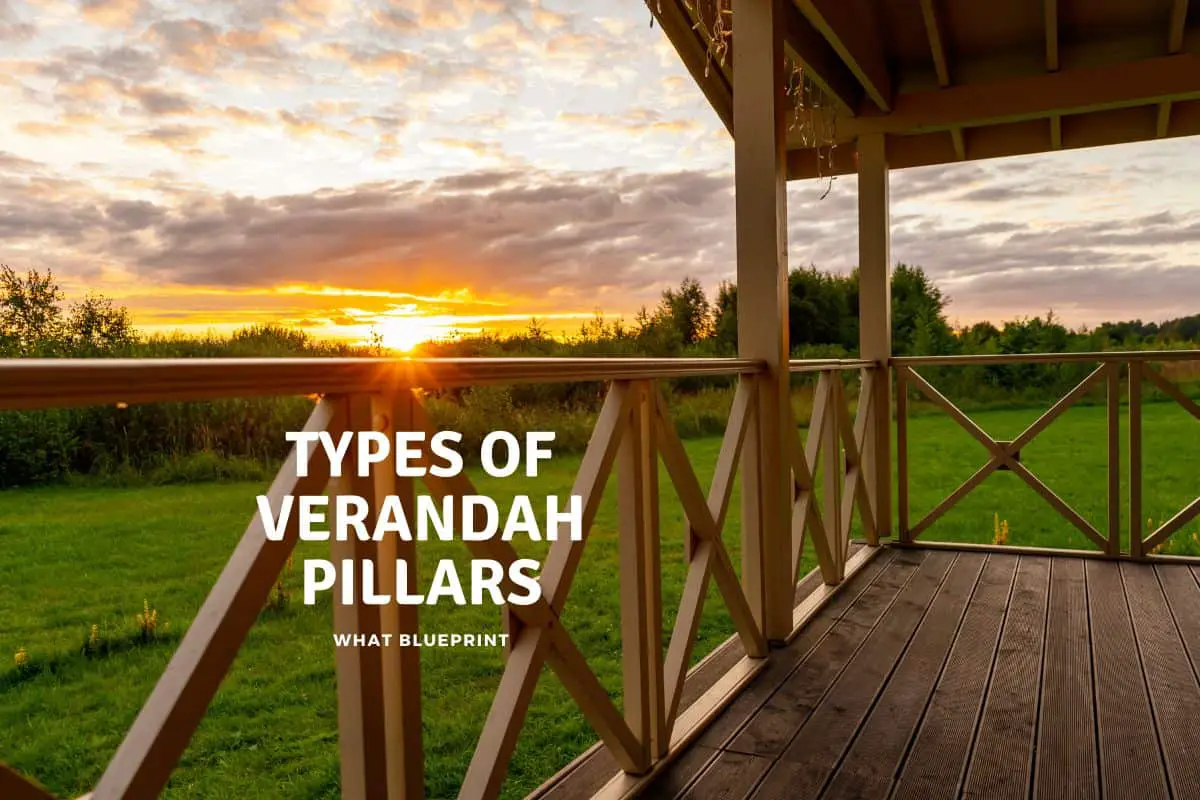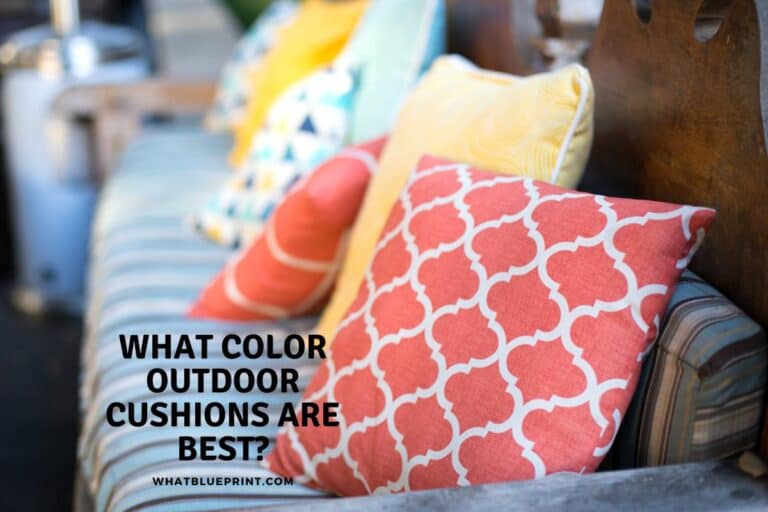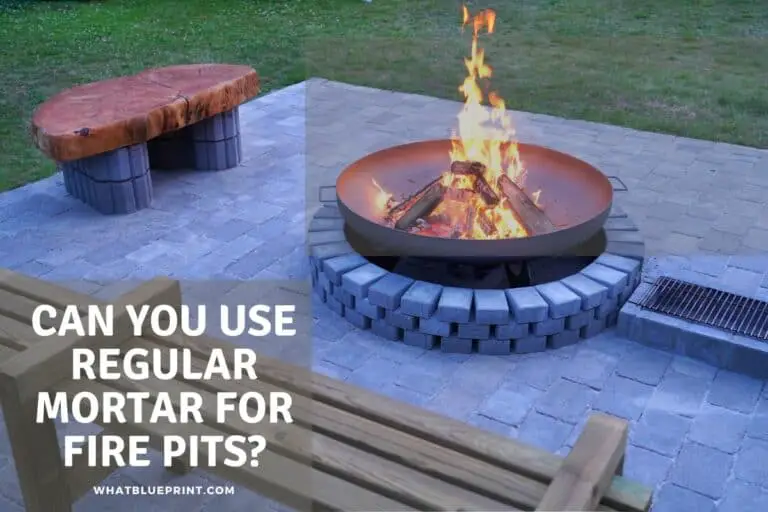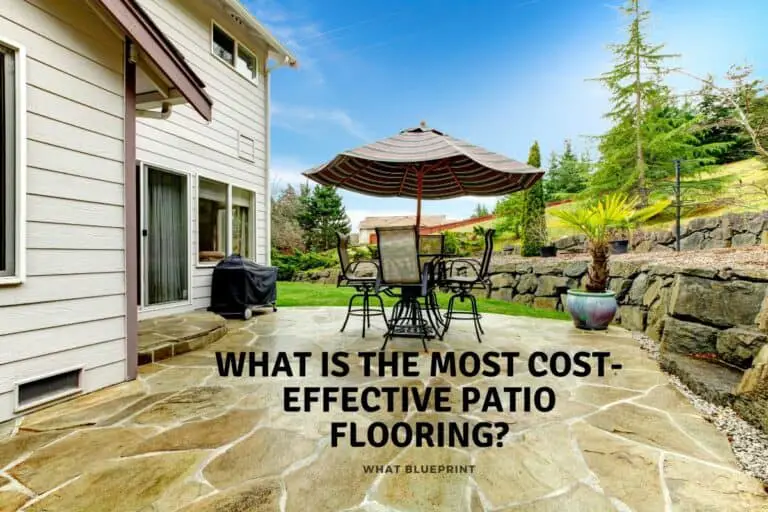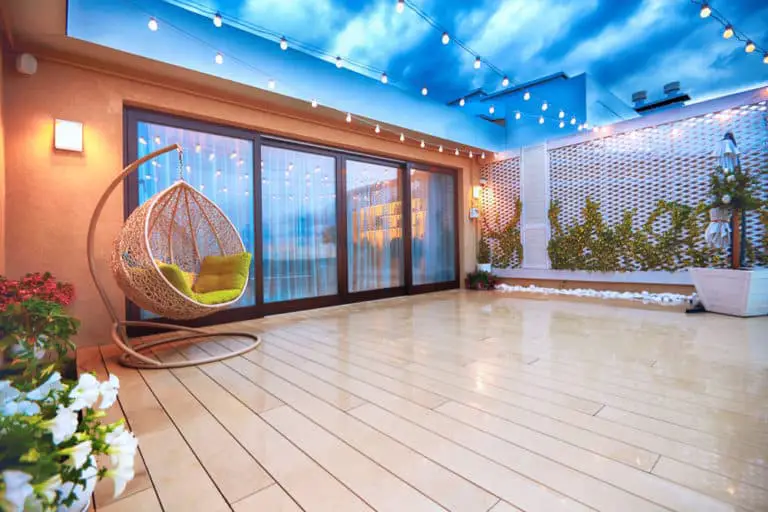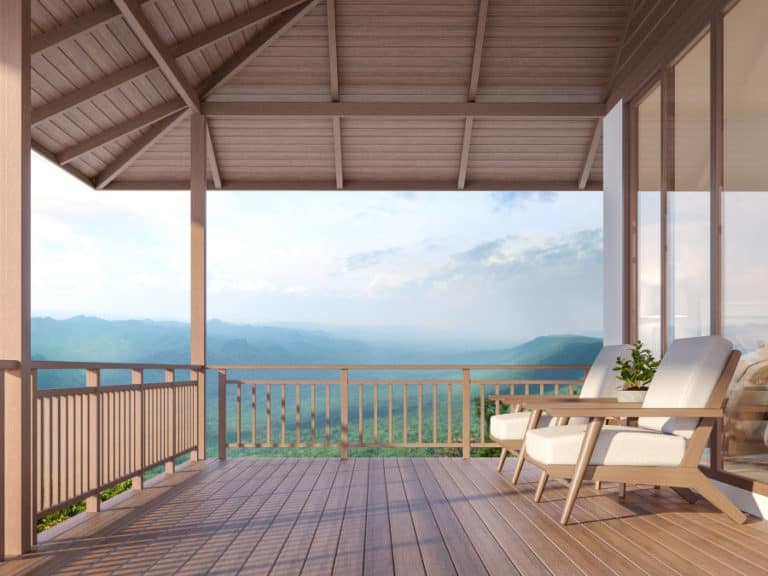Types Of Verandah Pillars
Perhaps you’re building a new verandah and undecided about the pillars to install. Alternatively, you might simply be curious to understand the different types of pillars available, or you wish to understand more about the particular types of pillars/columns used at your current residence. Whatever your reasoning, there are several aspects to verandah pillars that you may not previously have known.
Verandah pillars – or columns – are categorized according to several factors. The main characteristics that set different pillar types apart are generally style, shape, and materials. Column styles generally hail from those used in ancient Greece and Rome, with contemporary additions to the collection often taking cues from these.
While most homes in contemporary culture don’t employ columns inspired by ancient Greek and Roman architecture, column use today is often inspired by the past. Ancient-style columns are often incorporated into newer homes to create a fresh aesthetic aiming for classic beauty ideals.
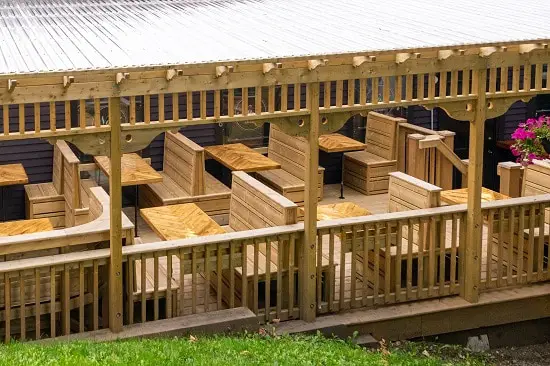
Types Of Verandah Pillars
Verandah pillars are a particularly interesting architectural feature in that they serve a dual purpose. First and foremost, verandah pillars support the roof of a verandah to ensure it remains fully supported throughout its life. At the same time, verandah pillars serve an aesthetic purpose, enhancing the home’s exterior palette to a large degree.
Columns will simultaneously provide physical support to the structure of your porch while serving as a decorative accessory that will tie together the entire aesthetic of the building. Columns provide an extra layer of detailing to the façade that could otherwise lean toward a 2-dimensional aesthetic.
Verandah pillars are made from various materials, and each material has its advantages and disadvantages. It’s important to select a column of material that will simultaneously provide sufficient structural support while serving your aesthetic and maintenance needs.
Some of the materials from which verandah pillars are made include timber, fiberglass, stone, aluminum, PVC, and even polyurethane.
The style of the column is another major consideration and a factor that helps categorize it. Columns are available in various styles ranging from the original styles of the ancient world to the contemporary styles of architecture today.
The ancient styles of columns that are still used in architecture today are as follows:
- Doric columns
- Ionic columns
- Corinthian columns
- Tuscan columns
- Composite columns
Besides these classic styles and the countless variations that exist currently, several contemporary column styles have developed independently. Columns can come in simple rectangular, circular, or square forms with no ornamentation.
They can also come in various sizes, from the narrow, slender posts to the larger, more substantial columns used on large institutional-type buildings.
The type of column you choose must work well with the aesthetic of your home in terms of style and material. By selecting the right column, you will be assured of a pleasing result.
We also have articles on the differences between these outdoor structures here on the site as well. You can check out gazebos, pergolas, cabanas and more here.
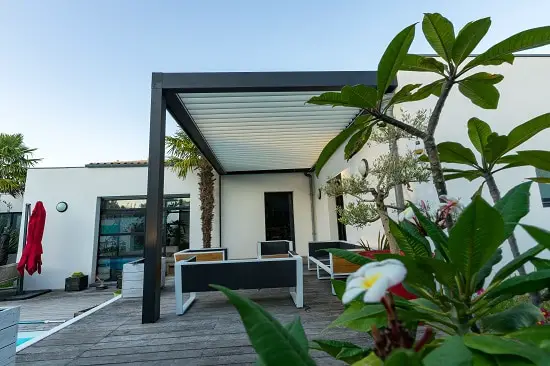
Verandah Pillar Materials
There are a variety of materials from which columns are made. While the ancient columns were originally hand carved from marble, the contemporary versions of these are generally cast out of concrete.
In addition to concrete, verandah pillars can be made of various materials. Timber columns, for example, are often used on verandahs to support the roof above. Timber columns are often associated with the verandahs of coastal homes, where simple, slender square pillars are often seen as part of the architecture.
Timber pillars come in various design styles, varying from square to rectangle, featuring single or double structures. Wooden columns generally come with higher maintenance requirements than other options, so homeowners may want to consider this before having them installed.
Concrete columns are particularly common in modern and contemporary architecture. These can be poured during construction or pre-fabricated and brought onto the site. Concrete columns can be made in almost any style, and they can be painted or finished in a variety of ways.
Aluminum pillars are a great option if you’re looking for a lightweight, strong, and cost-effective column solution. Aluminum can be powder coated to any color of your choice while allowing the material to have greater weather resistance.
PVC columns are sometimes used on verandahs as an affordable alternative with great durability. This material is resistant to moisture, pests, and rot, making it the ideal maintenance-free solution.
On the other hand, polyurethane columns are built with an internal steel shaft that gives the column a greater degree of architectural support. Polyurethane columns are often cast in extremely detailed molds to allow them to resemble the grain of real timber. As a result, this column type is often used to replace rotten timber columns in restoration projects.
Another common pillar alternative is brick. Brick columns are simply built on-site, similarly to how you would build a wall. Brick columns are relatively inexpensive, easily customized, and able to support a significant weight.
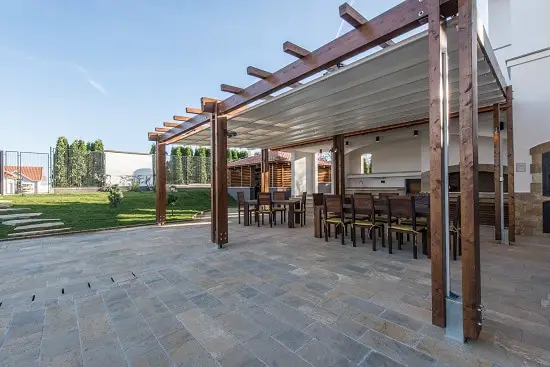
Verandah Pillar Styles
Contemporary columns come in a variety of styles. Most columns available today have a basic shape that is either round, square, or rectangular. These shapes have several variations that can taper in any direction. Columns can feature other architectural additions such as different base styles or other decorative flourishes along the column’s length.
Contemporary timber columns often consist of two rectangular pieces of timber attached with a bolt with a gap in the middle. This is just one variation of many available today.
In addition to the contemporary columns of the simple square, rectangle, and circular shapes made of steel, timber, and concrete, we still see frequent use of the columns from ancient Greece and Rome. Doric columns, short and heavy in nature, feature a relatively simple design and a circular capital.
Ionic columns are slimmer with a large base and signature scrolls on the capitals. On the other hand, Corinthian columns are fluted and feature elaborate carvings on their capitals. Tuscan columns are simpler and have a plain capital with an unfluted shaft. There are also composite columns that possess a combination of the abovementioned features.
If yo want to screen in your verandah then you should consider the pillars more carefully. You can read more about in the article linked above.
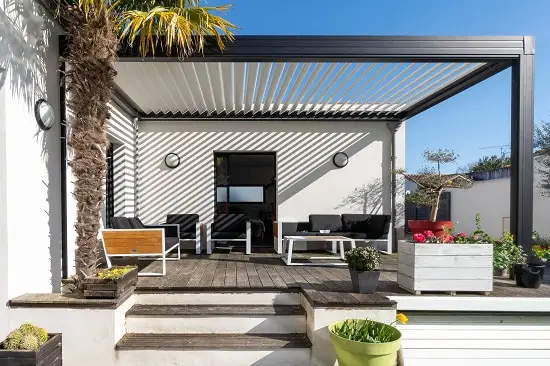
Conclusion
With all the different types of columns on offer, choosing the best option for your specific project application can be difficult. It’s important to remember that while your verandah pillars serve an aesthetic function that enhances the overall appeal of your home,
They also play the role of supporting the verandah above them. As a result, it is important to select a column that sufficiently serves both needs.
References
- https://www.homequestionsanswered.com/what-are-the-different-types-of-porch-pillars.htm
- https://www.hbgcolumns.com/informationcenter/resources/guide-to-custom-columns
- https://homeguides.sfgate.com/outdoor-porch-columns-99031.html
- https://handymanconnection.com/mount-pleasant/2020/01/choosing-front-porch-columns-for-home/
- https://www.bhg.com/home-improvement/porch/porch/porch-columns/

